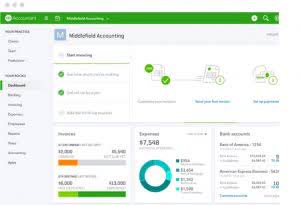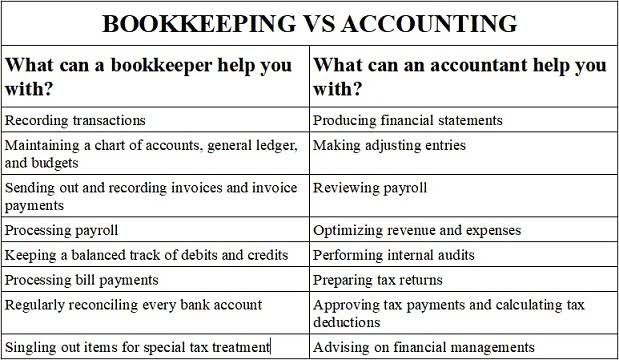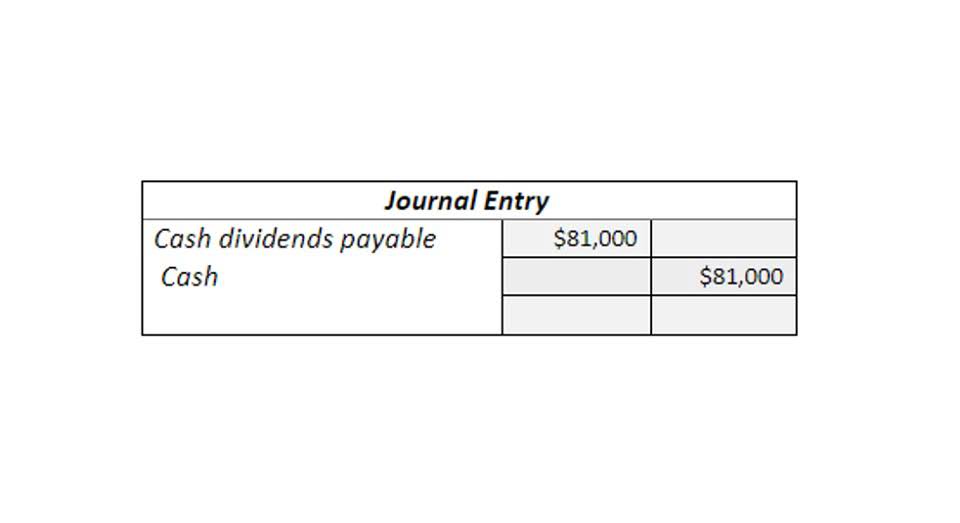
In accounting, we can determine the allowance for doubtful accounts by using the percentage of sales method or percentage of receivables method. While the percentage of sales method seems to be simpler, the percentage of receivables method can provide more detailed information if we use the accounts receivable aging report for this purpose. For example, we have made a total of $10,000 credit sales during the accounting period. Based on our past experiences and the industry average data, we expect that 3% of total credit sales during the period will become uncollectible accounts. The only impact that the allowance for doubtful accounts has on the income statement is the initial charge to bad debt expense when the allowance is initially funded.
- It is important to note that it does not necessarily reflect subsequent payment of receivables, which may differ from expectations.
- Unlike the percentage of sales method, this approach factors in both payment due dates and the duration for which they’ve been pending.
- Another important consideration is to document the rationale behind the estimates and any changes to the methodology.
- In accounting, this method involves creating a contra-asset account that reduces the total accounts receivable balance.
- For example, our jewelry store assumes 25% of invoices that are 90 days past due are considered uncollectible.
- Accruing tax liabilities in accounting involves recognizing and recording taxes that a company owes but has not yet paid.
- The Direct Write-off Method is used by smaller companies and those with only a few receivables accounts.
Methods for estimating allowance for doubtful accounts

Let’s explore the importance of allowance for doubtful accounts, the methods of normal balance of allowance for doubtful accounts estimating it, and how to record it. The allowance for doubtful accounts might seem too subjective or imprecise for accounting, but it’s more accurate than pretending every invoice will be paid in full. Watch for dramatic changes in a company’s allowance for doubtful accounts in economic downturns.
Data Sheets
However, it has a credit rather than a debit balance, also https://www.bookstime.com/articles/tax-form-1120 known as a contra asset. It reduces the accounts receivable balance to its estimated realizable value to account for potential bad debts. The purpose of doubtful accounts is to prepare your business for potential bad debts by setting aside funds.
Allowance for Doubtful Accounts: Components and Financial Impact
The allowance reflects management’s best estimate of the amount of accounts receivable that customers will not pay. The allowance for doubtful accounts is commonly known Certified Public Accountant as the bad debt allowance. The Pareto analysis method relies on the Pareto principle, which states that 20% of the customers cause 80% of the payment problems. By analyzing each customer’s payment history, businesses allocate an appropriate risk score—categorizing each customer into a high-risk or low-risk group. Once the categorization is complete, businesses can estimate each group’s historical bad debt percentage. Allowance for doubtful is the contra asset account with accounts receivable which present in the balance sheet.

Specific Identification Method

AR aging reports are complicated to compile and need input from a range of data sources. Accounts receivable automation software simplifies this task by automatically pulling collections data and classifying receivables by age. Another important consideration is to document the rationale behind the estimates and any changes to the methodology. Proper documentation supports transparency and can be invaluable during audits or financial reviews. It also helps in explaining the financial position to stakeholders and justifying the allowance levels.
- If a customer ends up paying (e.g., a collection agency collects their payment) and you have already written off the money they owed, you need to reverse the account.
- The accounts receivable aging report is the report that shows the balance of accounts receivable that is classified by the number of days overdue, as the format of presentation.
- Because it was an estimate, we can simply make a journal entry to true up the account.
- For example, say a company lists 100 customers who purchase on credit and the total amount owed is $1,000,000.
- The balance for those accounts is $4,000, which it records as an allowance for doubtful accounts on the balance sheet.
- This technique categorizes receivables based on the length of time they have been outstanding.
- The allowance for doubtful accounts is not always a debit or credit account, as it can be both depending on the transactions.

Hence, we can make an estimation that $300 ($10,000 x 3%) of the total credit sales will become bad debt. In this case, we need to make allowance for doubtful accounts with this amount and record this $300 into the bad debt expense during the period to comply with the matching principle of accounting. Understanding trends in doubtful accounts can provide valuable insights into a company’s financial health and operational efficiency. By examining these trends over time, businesses can identify patterns that may indicate underlying issues such as deteriorating customer credit quality or economic downturns. The third method takes the most granular approach yet by assigning personalized default risk percentages or risk scores to each customer based on historical trends. This method is commonly used when client relationships span years and provide plenty of historical data for your business to pull from.

A Guide to Allowance for Doubtful Accounts: Definition, Examples, and Calculation Methods
This could range from 2% for some companies to 5% for others, based on past performance. Well, rather than waiting for customers to default and hit you with unexpected financial hiccups, you can prepare in advance. You can create a cushion known as a ‘bad debt reserve.‘ This financial safety net ensures that even if some customers don’t pay up, it won’t disrupt your business operations. If you have a significant amount of cash sales, determining your allowance for doubtful accounts based on percentage of accounts receivable collected will give you a higher margin of safety. However, this number might be too conservative and decrease your AR to unrealistic levels. Some companies choose to look solely at credit sales (since cash sales have a 100% collection rate,) while others look at the percentage of total AR collected.
